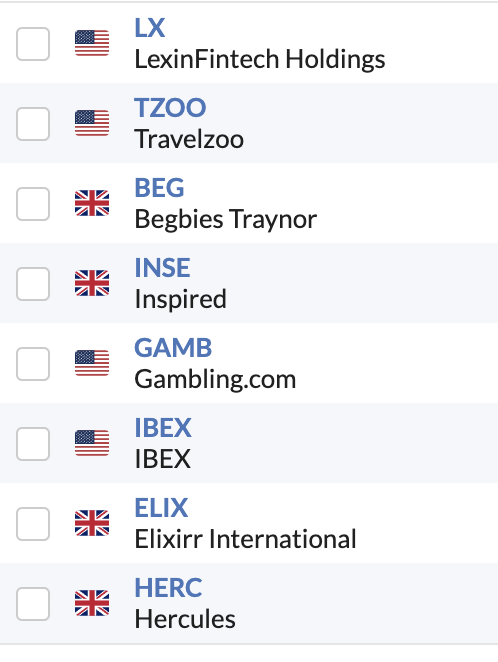History is a funny thing. We tend to imagine that history books record facts and figures with scientific precision, as if the chronicles offer a photographic snapshot of the past. But the reality is quite different. Historians have to make do with archival scraps, odds and ends, and various leftovers from the years gone by. Some of the greatest thinkers—including Leo Tolstoy—have even argued that historical fiction is more truthful than non-fiction. Inevitably, historians miss important details.
Some characters are forgotten. Even if they shaped events, their names slip through the cracks and are lost to history. One of those names is Jim Slater. His obituary in the BBC said, ‘The name probably means nothing to anyone under the age of 50, but in the 1970s Jim Slater was a truly famous businessman.’ That line stuck with me. I remember my grandparents talking about the old days of Jim Slater, James Goldsmith and Tiny Rowland. When I became interested in investing, I asked my grandmother about Slater. Her face lit up, as if she was taken back in time. ‘Gosh’, she replied. ‘Now you’re talking!’ Her eyes gazed into the distance. ‘I wonder’, she said. ‘Is Jim Slater still alive?’
In 1977, Slater wrote his autobiography, Return to Go. The book is no longer in print and I bought it on Amazon for 1p. In 1992, Slater wrote an investment guide called The Zulu Principle. It was more successful than Return to Go, but it helps to read both books. One book can show you an investor’s style at a particular moment in time. Two books, written fifteen years apart, can reveal the lessons learned and the process behind developing a full investment philosophy…
Backtesting, the Old-Fashioned Way
Slater started investing around 1959, before the internet and before personal computers. The idea of backtesting an investment strategy was out of question, so Slater devised a clever workaround. He bought two years’ back issue of The Investors Chronicle and the Stock Exchange Gazette and reviewed the share recommendations. With the benefit of hindsight, Slater was able to identify traits that were present before periods of strong price performance. The process helped Slater separate genuinely good recommendations from tips that turned out to be duds.
Slater developed and refined his own investment philosophy. He described himself as an ‘earning situations’ specialist, but in many ways, he focused on turnarounds. In Return…








